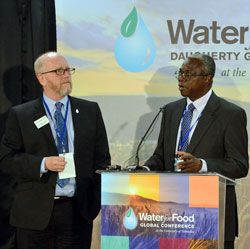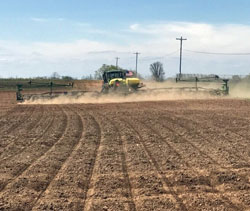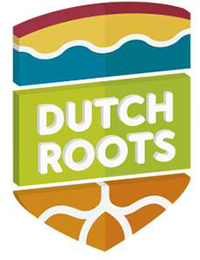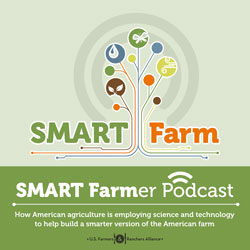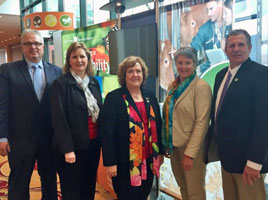 The American Farm Bureau Federation’s Spring Picnic Marketbasket Survey found that retail prices are lower for several foods this year, including eggs, ground chuck, sirloin tip roast, chicken breasts and toasted oat cereal.
The American Farm Bureau Federation’s Spring Picnic Marketbasket Survey found that retail prices are lower for several foods this year, including eggs, ground chuck, sirloin tip roast, chicken breasts and toasted oat cereal.
“As expected due to lower farm-gate prices, we have seen continued declines in retail prices for livestock products including eggs, beef, chicken, pork and cheese,” said John Newton, AFBF’s director of market intelligence.
According to the informal survey, the total cost of 16 food items used to prepare meals was $50.03, down $3.25, about 6 percent, compared to a year ago. Of the 16 items surveyed, 11 decreased, four increased and one remained the same in average price.
“As farm-gate prices for livestock products have declined and remained lower, prices in the retail meat case have become more competitive,” Newton said.
The year-to-year direction of the marketbasket survey tracks closely with the federal government’s Consumer Price Index report for food at home. As retail grocery prices have increased gradually over time, the share of the average food dollar that America’s farm and ranch families receive has dropped.
“Through the mid-1970s, farmers received about one-third of consumer retail food expenditures for food eaten at home and away from home, on average. Since then, that figure has decreased steadily and is now about 16 percent, according to the Agriculture Department’s revised Food Dollar Series,” Newton said.
According to USDA, Americans spend just under 10 percent of their disposable annual income on food, the lowest average of any country in the world. A total of 117 shoppers in 31 states participated in the latest survey, conducted in March.


